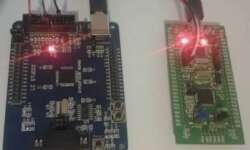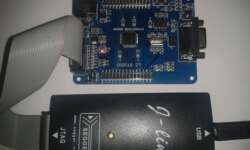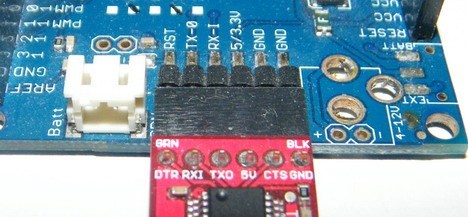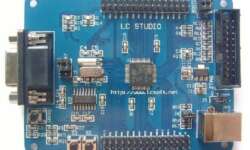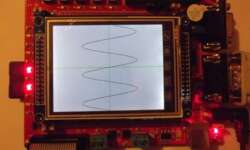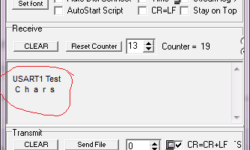
The nearest star from Earth is Sun. And it emits a massive amount of energy, which is free. No surprise, many people try to get most of it at a minimal cost. Photovoltaic solar panels still have low efficiency and yet are quite expensive. Every day we hear how their effectiveness is increased by introducing new technologies. Anyway, solar panels require direct Sun, which in some regions doesn’t appear very often. So how can we get this energy with almost no initial cost? The easiest way to do so is to build a solar thermal collector. You can find lots of high efficient commercial collectors. They look great and, at some level, works in the wintertime when Sun shines. I decided to go simpler. I need hot water only in spring, summer, and fall. In the wintertime, I burn wood to heat the house and so water. I usually boiled water using an electric boiler in the summertime, which generates excellent bills at the end of the month. No more… So I started this project, which is still in the testing phase. But seems to work fine. Let’s go through the build process to make a simple solar collector using…
Continue reading
